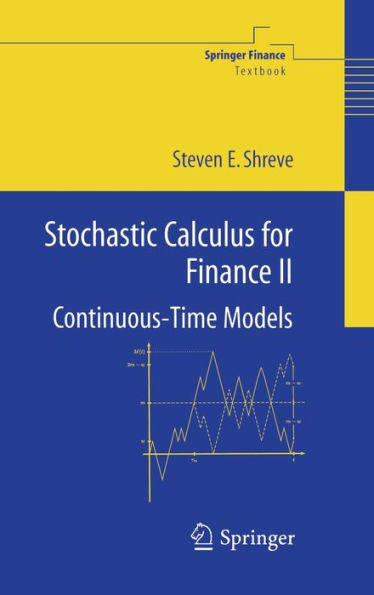5
1
9780387401010



Stochastic Calculus for Finance II: Continuous-Time Models / Edition 1 available in Hardcover, Paperback

Stochastic Calculus for Finance II: Continuous-Time Models / Edition 1
- ISBN-10:
- 0387401016
- ISBN-13:
- 9780387401010
- Pub. Date:
- 06/03/2004
- Publisher:
- Springer New York
- ISBN-10:
- 0387401016
- ISBN-13:
- 9780387401010
- Pub. Date:
- 06/03/2004
- Publisher:
- Springer New York

Stochastic Calculus for Finance II: Continuous-Time Models / Edition 1
$64.99
64.99
In Stock

Product Details
| ISBN-13: | 9780387401010 |
|---|---|
| Publisher: | Springer New York |
| Publication date: | 06/03/2004 |
| Series: | Springer Finance |
| Edition description: | 2004 |
| Pages: | 550 |
| Product dimensions: | 6.10(w) x 9.25(h) x 0.24(d) |
About the Author
From the B&N Reads Blog




